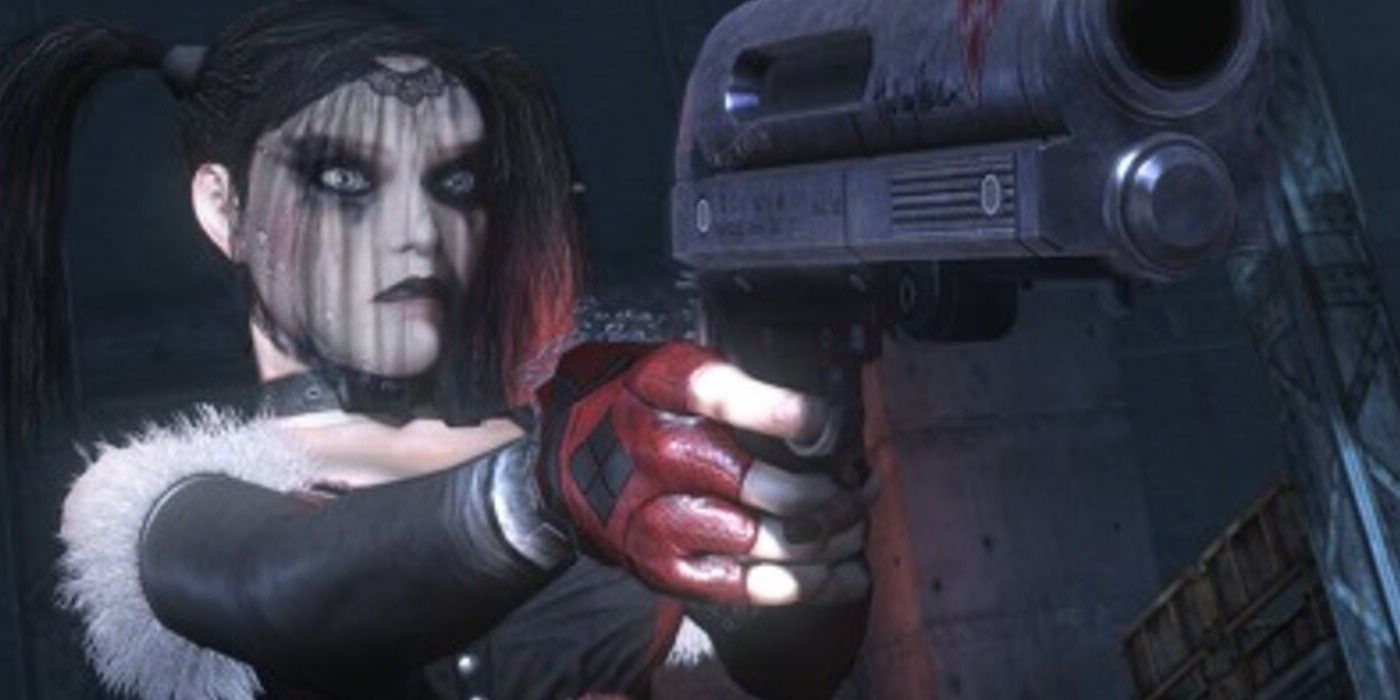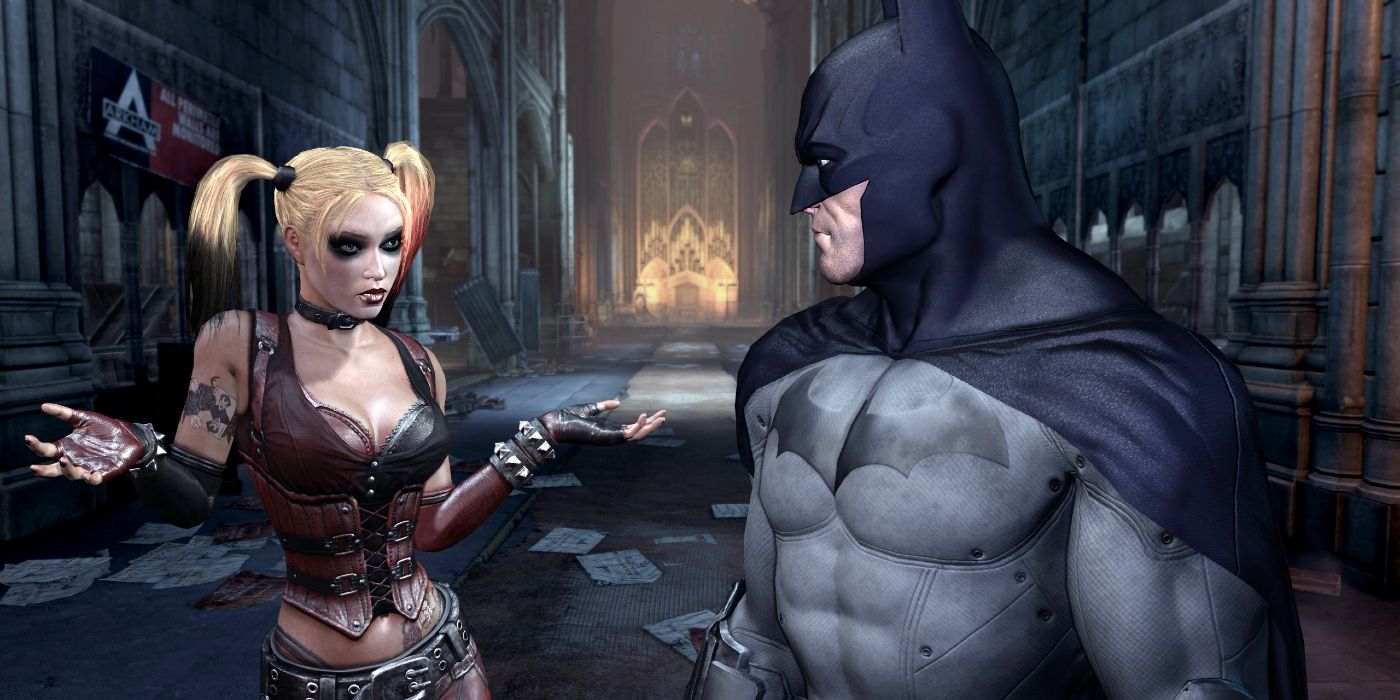The Batman: Arkham series has earned a reputation for a poor portrayal of its female characters, especially Catwoman, Harley Quinn, and Poison Ivy. Whereas the games go to great lengths to portray its male heroes and villains with all the subtleties and nuance fans expect from their comic counterparts, those things are lost when it comes to the female villains, who are shown as paper-thin caricatures of themselves. Harley Quinn, especially, is misrepresented in these games.
The Batman: Arkham games have always asserted themselves to be their own separate interpretation of the Batman universe. While always striving to be accurate in spirit, Batman: Arkham's story and timeline diverge wildly from every other interpretation of the Dark Knight. A shame, then, that the games' interpretation of Batman's most popular female characters are so underwhelming.
Catwoman, Poison Ivy, and Harley Quinn in the Arkham games are little more than scantily clad archetypes of the characters they're adapting. From their design to their animation and dialogue, nothing about the Arkham versions of these characters suggests anything deeper going on. While Poison Ivy would get some much-needed vindication in Arkham Knight, Catwoman and Harley are left as flat, boring, one-note characterizations.
The Batman: Arkham Games Didn't Allow Catwoman, Harley, & Ivy To Be Real Characters
Whereas the Arkham games expanded the male villains' personality and methods to both better suit its medium and to differentiate them from other iterations - Batman: Arkham City making Penguin more monstrous, to give an example - this courtesy is not extended to its female villains. The closest example of this being done for the women in these games is Poison Ivy, who dies a hero in Arkham Knight. Even with that, however, the previous two games that featured her portrayed her as little more than a sexy femme fatale. While that is an aspect of her character, there was almost none of the brilliant scientist or the determined ecoterrorist that also defines her character in other media.
While Arkham City and Arkham Knight mostly nailed Catwoman's casually flirtatious dynamic with Batman, it also went too far with having her be sexy (and little else) basically all of the time. This is especially egregious in how she fights, with Catwoman kissing Batman: Arkham thugs as she counterattacks. Add onto that the terrible dialogue between her and Poison Ivy during an early-game fight sequence in Arkham City (perhaps even more dismal on Poison Ivy's side), and you get a portrayal that is frustrating, to put it mildly.
The worst portrayal, however, goes to Harley. The Batman: Arkham games portray one of the most complex and multilayered Batman characters as nothing more than a scantily clad annoyance. Even putting aside the terrible outfits, the games just have her too defined by her obsession with the Joker, something the comics and other media have been trying to shake off for years, and the way she's talked about by other characters in the game world, including thugs in the Joker and Penguin camps, never feels far above crude and belittling.
The most baffling part about the portrayal of these characters is that Arkham Asylum and City were both written by Paul Dini, who created Harley Quinn and has shown to be very good at writing Poison Ivy and Catwoman. But between the dialogue, Harley and Catwoman character designs that aged poorly, and the lack of respect shown by the overall narrative, these are far from the best portrayals of these iconic characters. Hopefully future DC video game projects like Suicide Squad: Kill The Justice League will learn from Batman: Arkham's mistakes and give the franchise's female characters the depth and nuance they deserve.


